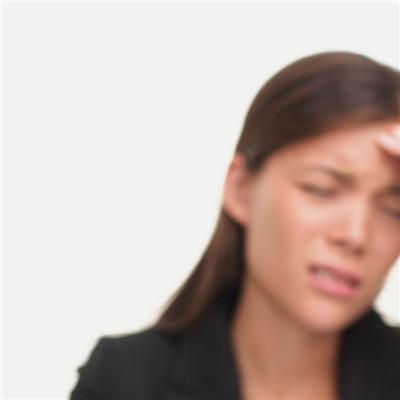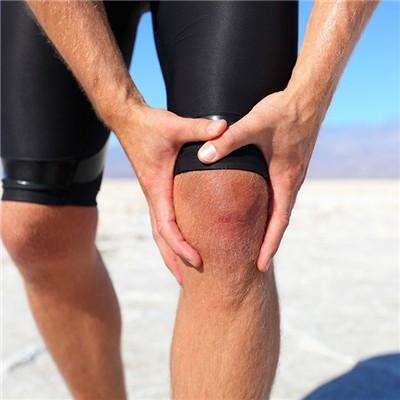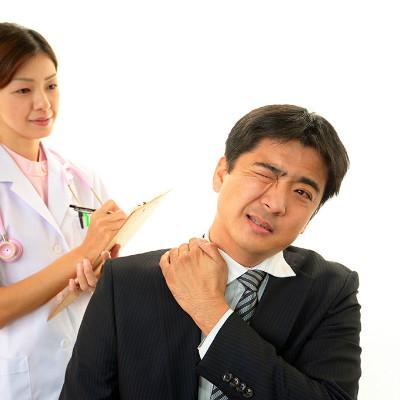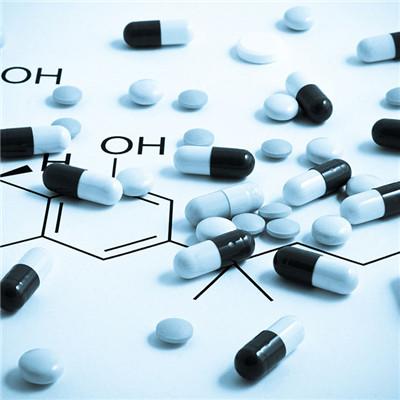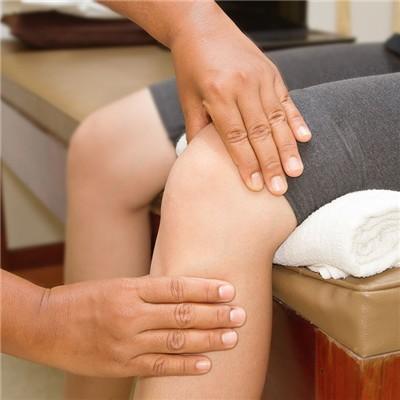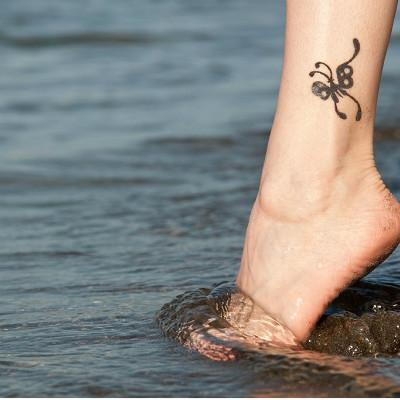Symptoms after anterior cervical surgery?
summary
Cervical spondylosis is a common orthopedic disease, and the harm of cervical spondylosis is great, so we should pay attention to the active treatment of cervical spondylosis. Among them, cervical spondylotic myelopathy, cervical spondylotic radiculopathy and cervical spondylotic radiculopathy can be treated by anterior decompression. Symptoms after anterior cervical surgery? Let's talk about it
Symptoms after anterior cervical surgery?
Injury of superior laryngeal nerve or recurrent laryngeal nerve: injury of superior laryngeal nerve is easy to occur in the upper cervical spine, and the main symptom is cough when drinking water and eating liquid after operation. Recurrent laryngeal nerve injury is easy to occur in the lower cervical spine, and suffocation and hoarseness are found during or after operation.
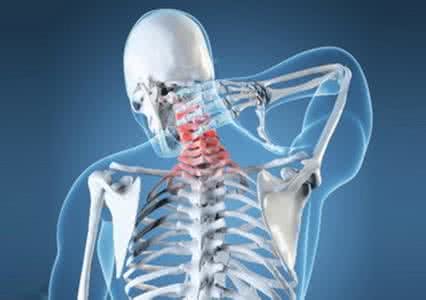
Vascular injury: the neck blood vessels are not easy to damage, bleeding occurs in the separation of the thyroid artery, the incision exposed well is not easy to damage blood vessels. In the process of discectomy, if it goes beyond the long cervical muscle, the vertebral artery may be damaged.

Cervical hyperextension paralysis and vibration paralysis: Patients with cervical spondylotic myelopathy should pay attention to the posture during the operation if they have a history of aggravating numbness of four glue during haircut and shaving. The neck should not be placed in the over extended position.
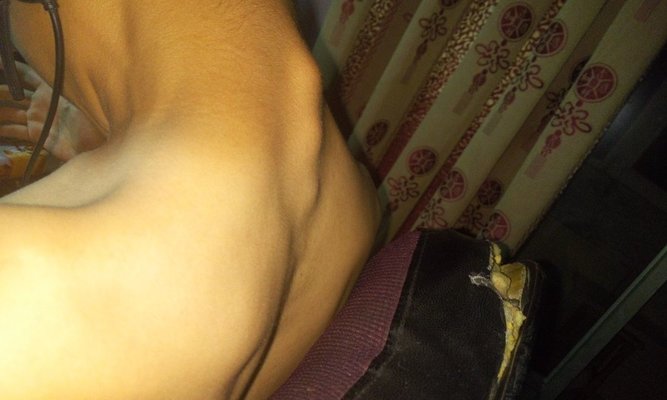
matters needing attention
Therefore, in order to prevent the occurrence of postoperative respiratory depression, we should appropriately adjust the sleep pattern of patients, and emphasize the continuous oxygen supply during sleep. To prevent bedsore, patients need to stay in bed for 4-6 weeks after cervical spine surgery. In the future, personnel should help patients turn over, change their position, keep the bed clean and dry, and prevent bedsore.
